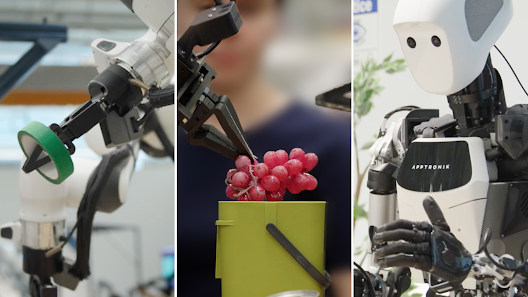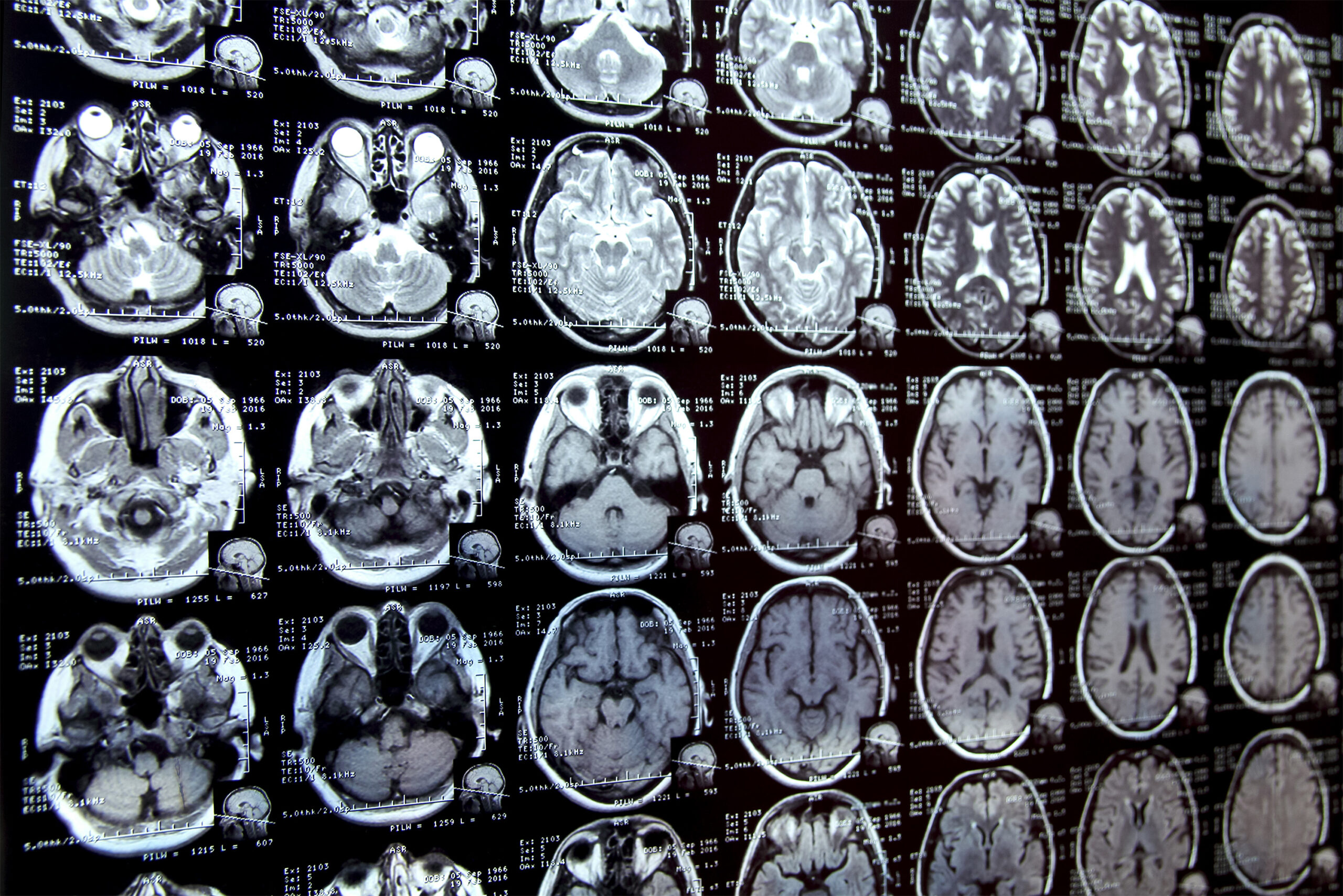Advancing AI Safety: A Critical Mission
The rapidly evolving field of AI safety aims to ensure that increasingly advanced artificial intelligence systems remain reliable, aligned with human values, and beneficial to society. This burgeoning discipline tackles technical challenges, such as enhancing AI robustness and aligning systems with ethical principles, while addressing societal issues like transparency, accountability, and potential existential risks. As AI technology approaches artificial general intelligence (AGI)—the point where AI matches or surpasses human cognitive abilities—the importance of this field grows exponentially.
AI Safety and Governance: The Road Ahead
“Ensuring AI is not misused or acts against human intentions becomes increasingly critical as AGI nears,” says Audrey Lorvo, a senior majoring in computer science, economics, and data science at MIT. As an MIT Schwarzman College of Computing Social and Ethical Responsibilities of Computing (SERC) scholar, Lorvo is exploring how AI could automate its own research and development processes. Her work within the Big Data research group delves into the social and economic implications of these capabilities and how to effectively communicate these potential impacts to policymakers, advisors, and the public.
“We need to balance the immense benefits AI can offer humanity with the risks of losing control over the technology,” Lorvo emphasizes. She advocates for proactive frameworks and strategies to manage these risks, ensuring AI development remains safe and ethical.
Building Expertise Through Hands-On Initiatives
Lorvo’s commitment to AI safety is evident in her participation in the AI Safety Technical Fellowship, which provides opportunities to evaluate existing research on aligning AI systems with human-centric considerations. “The fellowship allowed me to grasp the technical challenges of AI safety and propose potential improvements in AI governance strategies,” she explains.
With companies at the AI frontier pushing boundaries, Lorvo stresses the urgency of implementing effective policies that safeguard humanity while fostering innovation. Her work aligns with MIT’s Bold Step: The Generative AI Impact Consortium, which also aims to ensure AI development benefits society without compromising safety.
Interdisciplinary Approach: Merging Humanities and Technology
When Lorvo began her MIT journey, she sought a path that combined science and the humanities to improve lives. Starting with economics—attracted by its emphasis on quantifying impact—she explored various disciplines, including urban planning and political science, before settling on Course 6-14. “Economics helps quantify societal impact, while computer and data science provide tools to address some of the world’s most pressing challenges,” she says.
Her interdisciplinary focus also includes concentrations in urban studies and planning and international development. She has worked on international projects, including testing a water vapor condensing chamber in collaboration with the Madagascar Polytechnic School and Tatirano NGO.
Maximizing Social Impact
Lorvo also champions the concept of marginal impact—a measure of how additional resources or efforts contribute to existing progress. “In a world of limited resources, data-driven approaches can optimize efforts to address significant challenges,” she explains.
Her dedication extends to fostering community engagement at MIT. As president of the Undergraduate Economics Association, she connects with peers who share her passion for economics while exploring new campus opportunities and interests.
The Future of AI Safety
After graduation, Lorvo plans to continue her research into AI safety and governance strategies. She firmly believes that effective governance is essential to realizing AI’s transformative potential while mitigating risks. “We must monitor AI’s growth and capabilities carefully to ensure it benefits humanity,” she says.
Her interdisciplinary insights, combining humanities and science, position her as a critical voice in AI safety discussions. “AI represents humanity’s greatest challenge and opportunity yet. The field needs more people with diverse experiences to shape its future,” she concludes.







